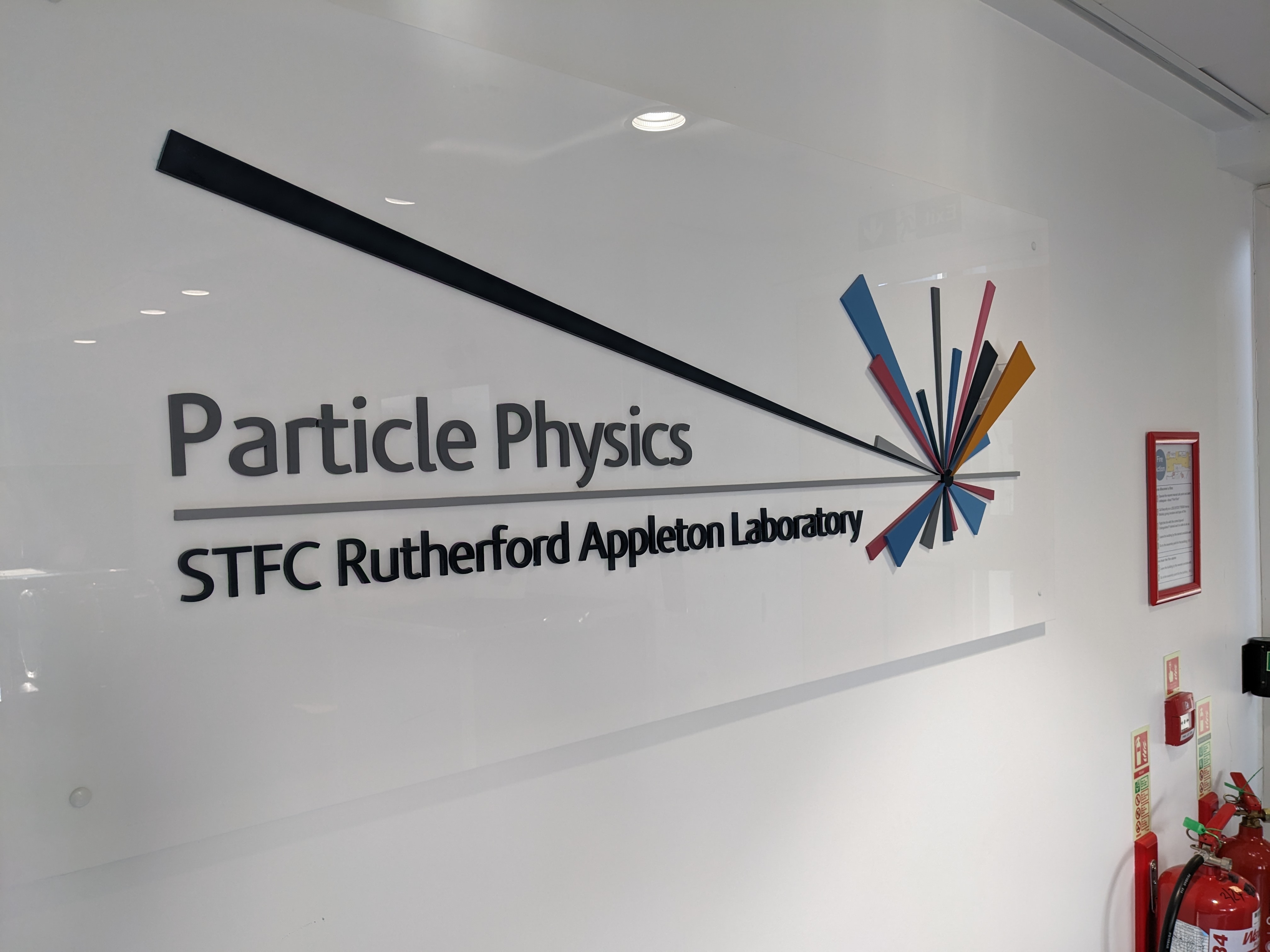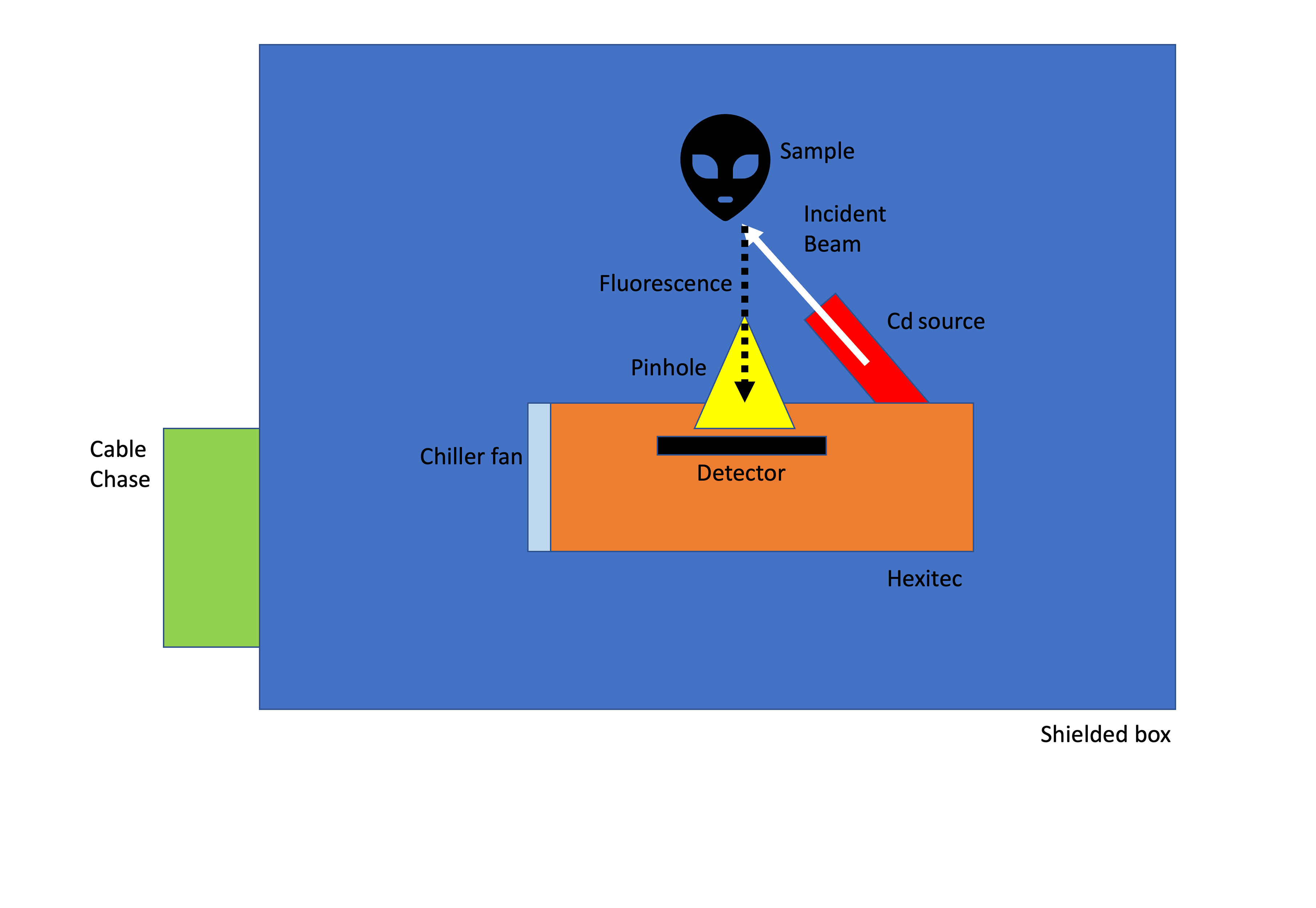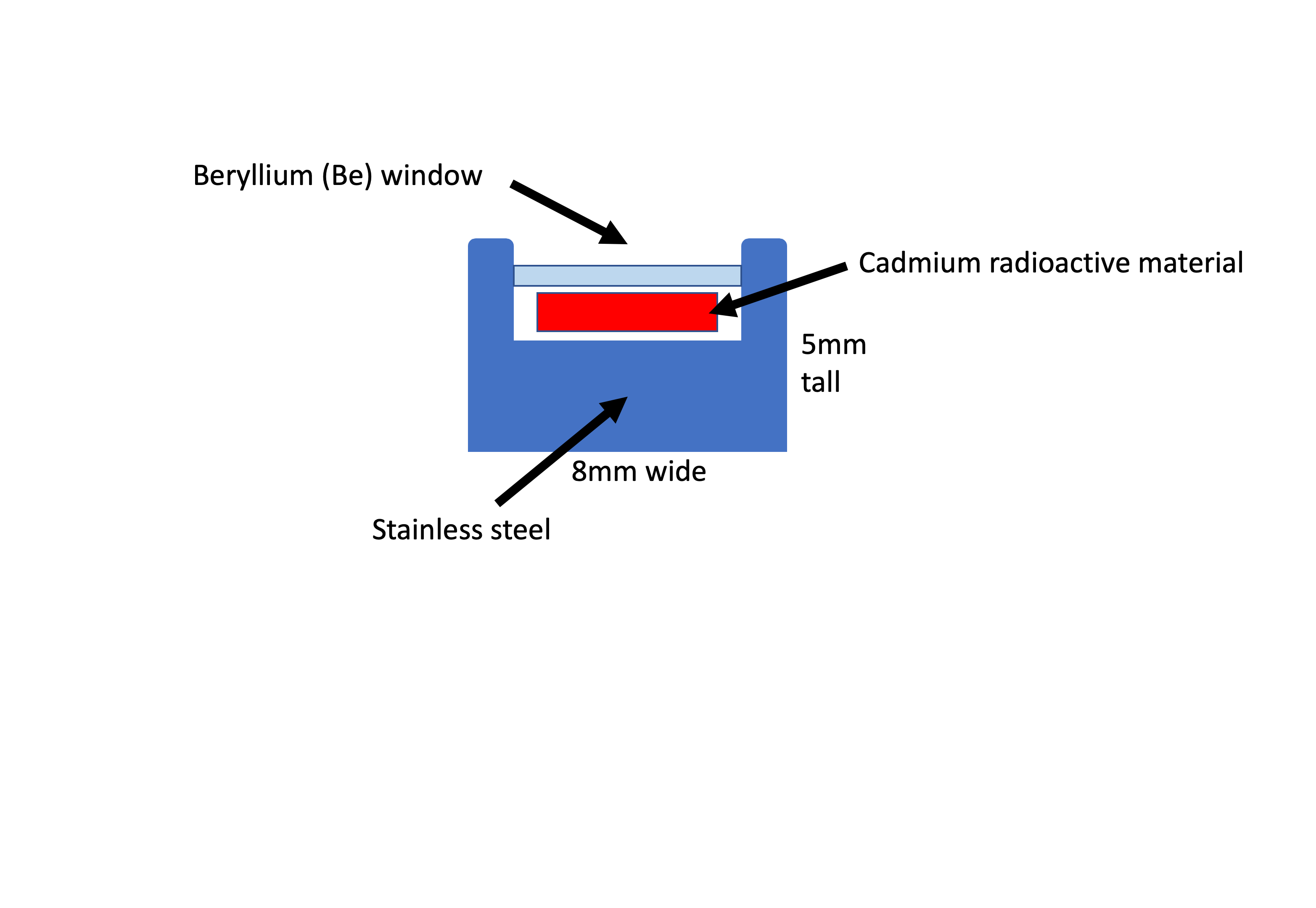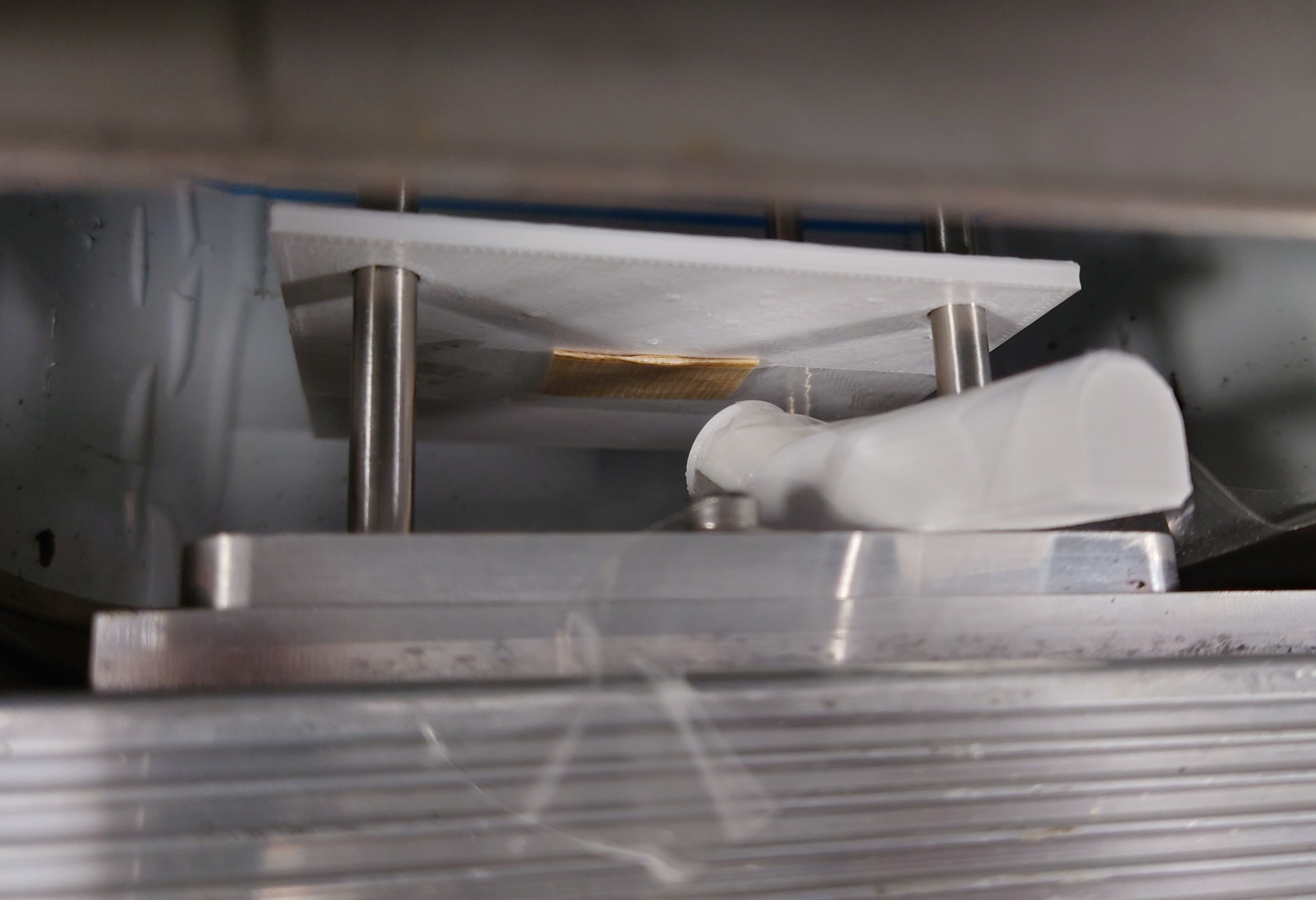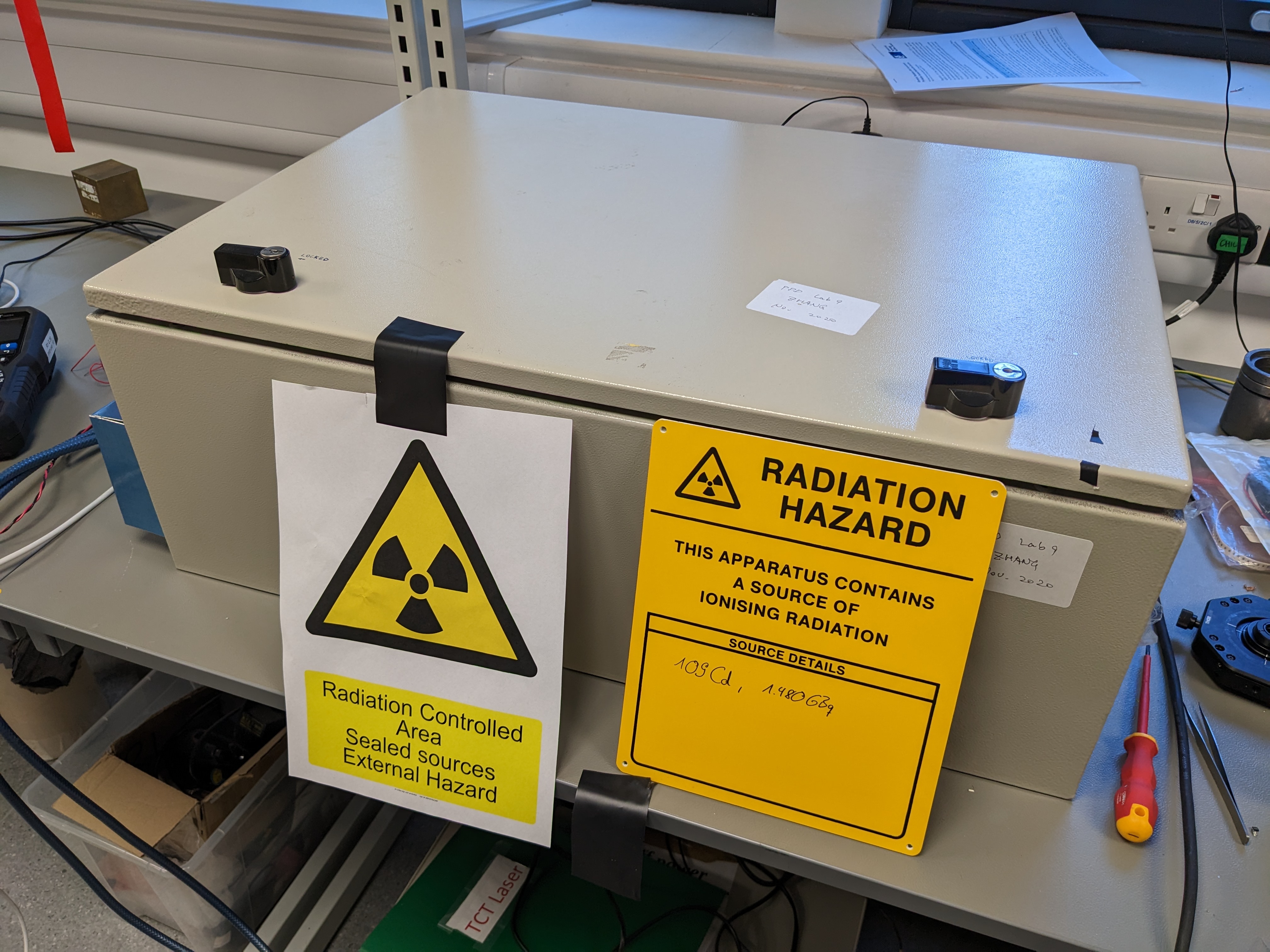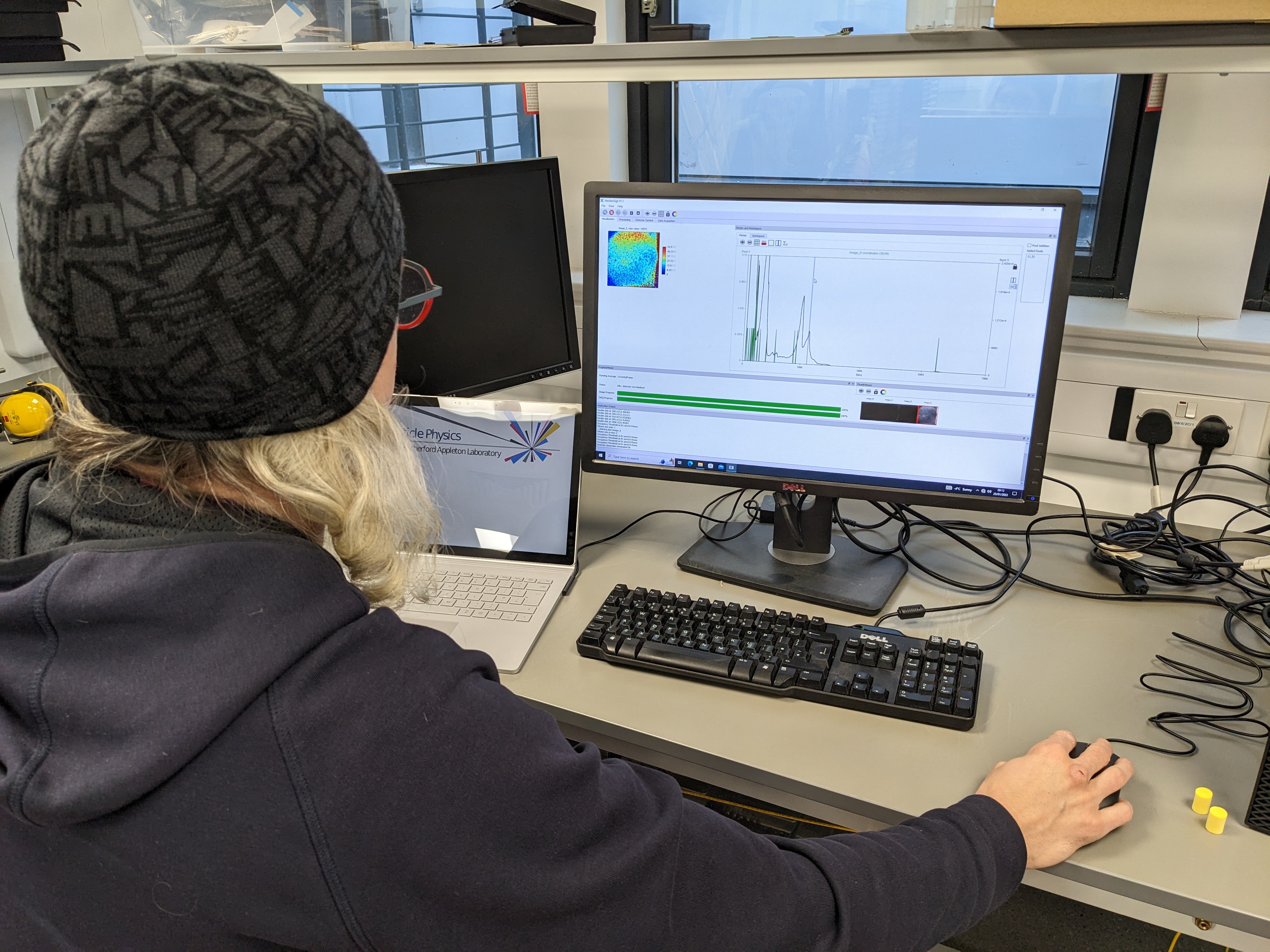New imaging methods
Investigating new imaging approaches for recovering hidden text
Unique challenges
While the text of the opened Herculaneum papyri is, in general, much more observable than that of the closed Herculaneum scrolls, there are many locations where content is still obscured from view. Layers which remained stuck together during physical unwrapping have resulted in lost text remaining tantalizingly close and yet out of reach. Accessing such hidden content is theoretically possible using virtual unwrapping techniques, however the form factor of the opened papyri makes traditional tomographic imaging impractical. We explored two approaches for accessing this hidden content: dark-field imaging for detecting traces of ink contaminants beneath obscuring layers, and neural tomographic reconstruction for improving CT resolutions of high-aspect ratio samples.
Dark-field imaging
In the dark-field imaging experiments, a papyrus sample was prepared showing squares of carbon ink where each square contained a decreasing concentration of a lead contaminant. This sample was placed in a shielded container and exposed to a monoenergetic x-ray source (cadmium). An 80x80 Hexitec photon-counting detector was used to quantify the small-angle scattering of x-rays that came from the sample.
To further analyze the dark-field imaging results, we developed HXT Tool for filtering and measuring the resulting data.
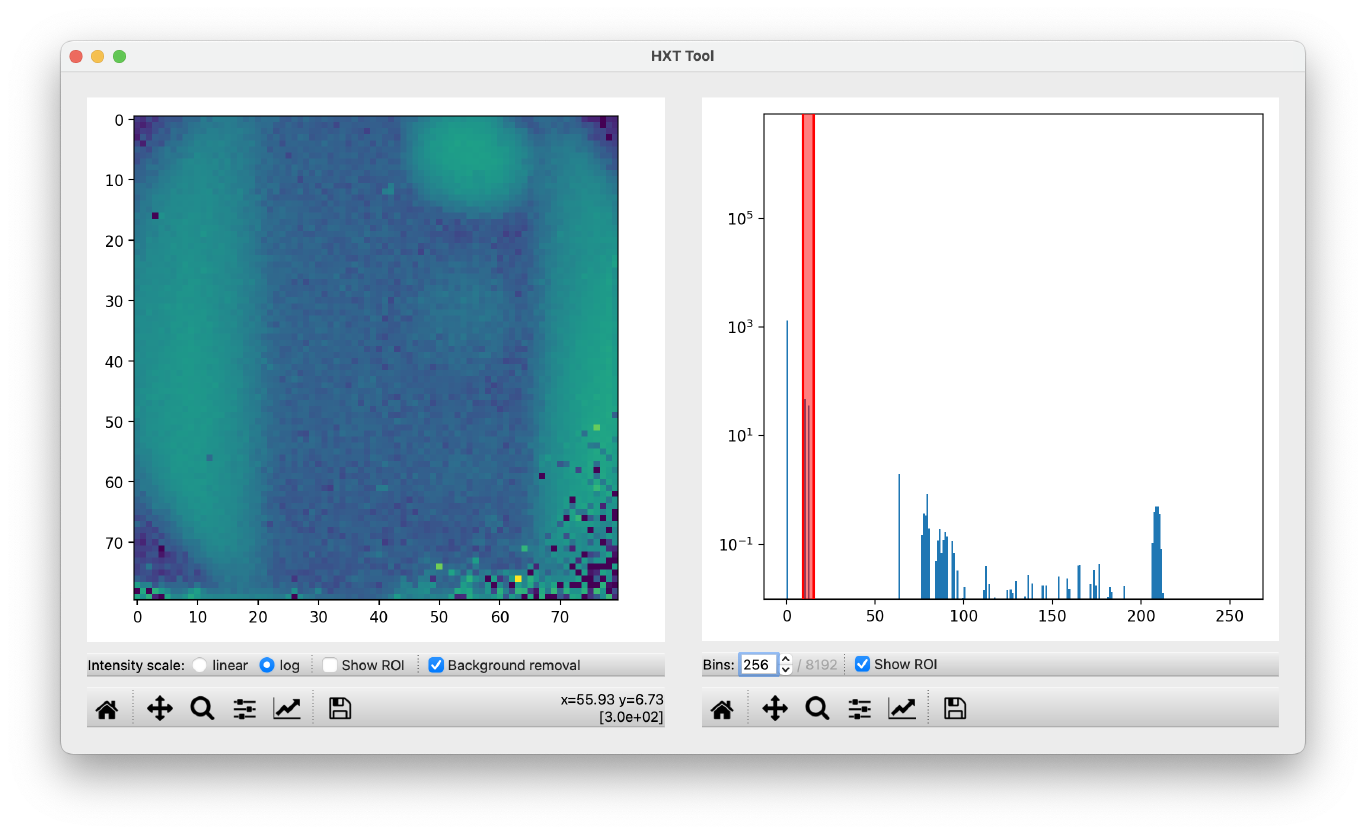
Exploring the dark-field data with HXT Tool.
HXT Tool is built in Python using PySide6. Source code is publicly available for download under the terms of the GNU AGPLv3 license:
Neural tomographic reconstruction
The development of neural radiance fields (NeRFs)[1] and related neural networks suggest exciting new ways to reconstruct 3D scenes from both photographic and x-ray data. To explore how neural approaches might improve the resolution of limited-angle tomography reconsructions, we developed a NeRF-inspired tomographic reconstruction approach called learned attenuation fields (Leaf).

Diagram of neural tomographic reconstruction using learned attenuation fields. The tomographic volume is represented by a neural network which is repeatedly sampled along x-ray paths and compared against captured x-ray images.
Our Python library for Leaf reconstruction (PyLeaf) is implemented using the PyTorch machine learning framework and is publicly available for downloading under the terms of the GNU AGPLv3 license:
